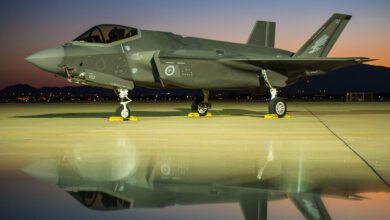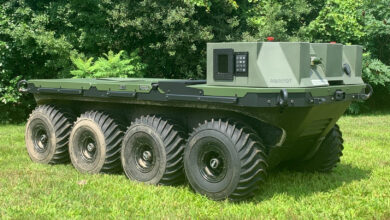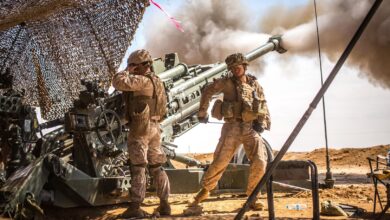Lockheed Delivers Hypersonic Weapon Launchers to US Army
The US Army last week took delivery of Lockheed Martin’s Long Range Hypersonic Weapon (LRHW) system ground equipment, including the battery operations center, four transporter erector launchers, and modified trucks and trailers.
The hardware deliveries began in March, and the I Corps’ 5th Battalion, 3rd Field Artillery Regiment, and the 17th Field Artillery Brigade will complete fielding the system by fiscal 2023. The truck-mounted missile will reportedly have a range of more than 2,775 kilometers (1,724 miles).
Lt. Gen. L. Neil Thurgood, Director of Hypersonics, Directed Energy, Space and Rapid Acquisition, called the completion of the LRHW deliveries “an important milestone in equipping our nation’s first hypersonic battery.”
Hypersonic Weapon Project
The deliveries were part of the $347 million LRHW systems integration project contract the US defense giant clinched two years ago, which required the development and integration of a land-based hypersonic strike prototype.
Lockheed Martin, leading a team of private firms, is partnering with the Army Hypersonic Project Office, part of the Army Rapid Capabilities and Critical Technologies Office, in the project. The private firms include Dynetics, General Atomics, General Dynamics, i3, Moog, Northrop Grumman, Penta Research, Raytheon, and Verity Integrated Systems.
The LRHW project is part of a “rapid, multi-year hypersonic weapons development program supporting the service’s focus on long-range precision fires.”
Common Hypersonic Missile for Army, Navy
The army’s LRHW and the US Navy’s hypersonic strike system, under its Conventional Prompt Strike (CPS) program, will have a Common Hypersonic Glide Body (CHGB).
The CPS and the LRHW will use identical hypersonic missiles “while developing individual weapon systems and launchers tailored for launch from sea or land.” The platform’s common design for sea and land-based hypersonic missiles provides economies of scale for future production.












